Contents:
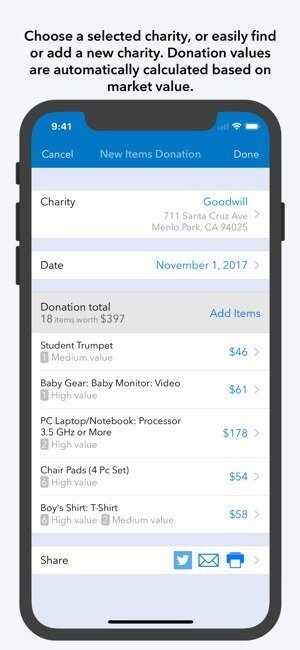
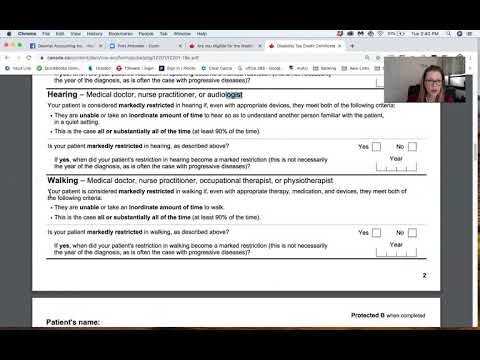
So, let’s say each jar costs you $3 to produce, and you want to make $3 in profit. For example, in a clothing manufacturing facility, the variable costs may include raw materials used in the production process and direct labor costs. If the raw materials and direct labor costs incurred in the production of shirts are $9 per unit and the company produces 1000 units, then the total variable costs are $9,000.
For example, lunch meat at the deli is three dollars per pound or written as $3/pound. Learn accounting fundamentals and how to read financial statements with CFI’s free online accounting classes. Suppose an OEM equipment manufacturer produced a total of 25,000 parts and components in the fiscal year ending 2022. Learn about the different types of common carriers and shipping methods available to you. INVESTMENT BANKING RESOURCESLearn the foundation of Investment banking, financial modeling, valuations and more. In the company is one of the quickest ways to know whether the company is producing its product efficiently or not.
Correct method of pricing electricity and need to reduce costs – The Island.lk
Correct method of pricing electricity and need to reduce costs.
Posted: Mon, 17 Apr 2023 00:33:45 GMT [source]
… This page is located more than 3 levels deep within a topic. This means Sam needs to sell just over 1800 cans of the new soda in a month, to reach the break-even point. Let’s show a couple of examples of how to calculate the break-even point.
Weighted Average
After knowing the total cost of the product, this value may be divided by the number of units to get the production cost per unit. This measure is very helpful in determining the break-even sales price or the minimum price that the company should be willing to sell its product. Learn about production costs and the formula to calculate them. See examples of the cost of production in manufacturing of goods for businesses and corporations. Company X wants to know where to price their new product coming out. After adding up their total cost, they realize that their cost per unit is $10 per product.
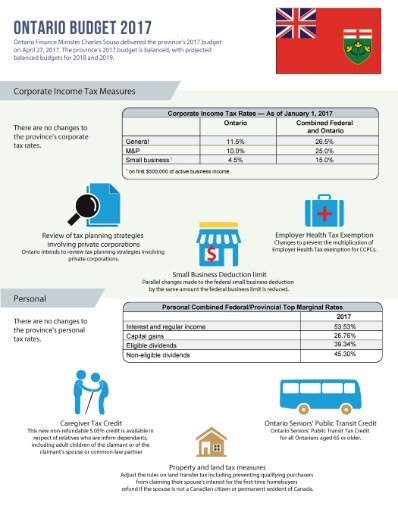
Examples are production costs, customer acquisition, packaging, and shipping costs. Calculating opening work-in-progress inventory cost determines the value of items in production that are not yet complete by the end of a trading period. WIP isn’t accounted for in raw materials, and neither can it be accounted for as a final product. A direct material purchases budget determines the quantity of material purchased within a production period.
Especially over the long-term, average cost normalizes the cost per unit of production. It also smooths out fluctuations caused by seasonal demand changes or differing levels of production efficiency. Included in the production cost are the cost of raw materials, the cost of direct labor, and the cost of overhead. Raw materials and labor costs are primarily variable, while the overhead costs are mostly fixed. You must recognize that the success of service and product-based businesses dramatically depends on their profit. To know whether your business is a profitable unit, you can check whether your production costs are lower than the cost of each product you are selling.
You must cCreate an account to continue watching
Any payment services are powered by FCA authorised and regulated Money Service Businesses. Client funds remain within the regulated environment throughout the payment lifecycle and CurrencyTransfer does not touch client funds. Clients deal directly with a clearly identified, regulated counter-party, via the CurrencyTransfer platform. Depending upon your business you may be able to hedge some of your raw material purchase too but any business importing from overseas is running some foreign exchange exposure. B) Direct labor cost is the product of work hours, pay rate per worker, and the number of workers for the job.
It helps them determine the profitability of a product or service. They can also use it to decide pricing, production level, and cost-cutting decisions. Principally, the total fixed cost does not change over a shorter period.
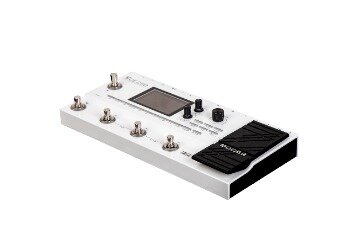
So the total cost of production is primarily driven by the change in average variable price per unit. This step ensures you are pricing your products high enough to recover both your variable and fixed costs. The total cost formula helps businesses determine the total amount of expenses it takes to run the business. Variable costs are costs that change with the changes in the level of production. That is, they rise as the production volume increases and decrease as the production volume decreases.
For Greg and many other retail businesses, success is heavily reliant on having a profitable cost per unit — and half of that battle is keeping your costs low. In linear relationships, a change in the value of an item directly affects the other. The price of a product and the cost of the material is linear.
A company’s financial statements will report the unit cost. Companies that manufacture goods will have a more clearly defined calculation of unit costs while unit costs for service companies can be somewhat vague. A unit cost is a total expenditure incurred by a company to produce, store, and sell one unit of a particular product or service. Calculating and accounting for sales and costs can be as simple or as complicated as the firm wishes them to be. Continual reference to accountants is advisable because your simple goal is to sell as many units as possible of your product at a price that is both competitive and profitable.
What if Costs are not Entirely Fixed or Variable?
For example, assume that a textile company incurs a production cost of $9 per shirt, and it produced 1,000 units during the last month. The total cost includes the variable cost of $9,000 ($9 x 1,000) and a fixed cost of $1,500 per month, bringing the total cost to $10,500. Costs are sometimes represented in terms of fixed costs and variable costs. Overhead expenses are mostly fixed, while raw materials and labor costs are variable.
If you’re able to increase oil changes up to 2,000, your average fixed cost per unit will be cut in half to $2.50. Variable costs are expenses that change as production increases or decreases. If a company produces more products or services, then variable costs will rise.
The Best Approach to Calculate Direct Materials Used
Then, a value derived in step 1 should be added with the value calculated in step 2, i.e., the sum of total fixed and variable costs. Spending less money on material costs, which tend to account for a majority of production costs, can obviously reduce cost per unit. The number of units sold within a specific period of time can also impact these costs.
- Keep reading to know more about the cost per unit and how to calculate the unit per Price.
- Merchant Cash Advance Get fast access to cash to grow your business without ever taking out a bank loan.
- Fixed costs are all costs that go into the making of a product that does not vary with the number of units produced.
- It generally happens when the production requirements increases and you need to rent more storage units or warehouses.
- Laura started her career in Finance a decade ago and provides strategic financial management consulting.
accounting equation costs can include recurring expenditures like your monthly rent, utility bills, and employee salaries. Here are a few examples of fixed costs to give you a better idea. Cost per unit, also called cost of goods sold or cost of sales, is how much money a company must expend to produce one unit of product to sell.
Understanding the cost of each unit you produce is essential to ensure your business remains profitable. To calculate the cost per unit, add all of your fixed costs and all of your variable costs together and then divide this by the total amount of units you produced during that time period. Make sure to be clear about which costs are fixed and which ones are variable. Take your total cost of production and subtract your variable costs multiplied by the number of units you produced.
Convening Notice for Annual General Meeting and Extraordinary … – GlobeNewswire
Convening Notice for Annual General Meeting and Extraordinary ….
Posted: Fri, 21 Apr 2023 21:36:34 GMT [source]
These can include parts, cloth, and even food ingredients required to make your final product. Laura started her career in Finance a decade ago and provides strategic financial management consulting. The Structured Query Language comprises several different data types that allow it to store different types of information… Complete Controller is not affiliated with or endorsed by Intuit Inc. Complete Controller is solely responsible for the provision of all services on or accessed through this website. This has to include not merely the basic salaries and wages of all the workers primarily employed in the manufacturing department, but also any incentives and benefits they receive.
Only pay for storage used
Economic profit is the difference between the revenue received from the sale of an output and the costs of all inputs, including opportunity costs. Break-even analysis calculates a margin of safety where an asset price, or a firm’s revenues, can fall and still stay above the break-even point. Goods-centric unit cost measures will vary between businesses. The process of determining a company’s average cost is as follows.
- Your cost-per-unit calculation includes the cost of logistics.
- Another way to look at variable costs is if you were to stop producing any products, then there should be no variable costs on your spreadsheet.
- Fixed costs, such as building rent, should remain unchanged no matter how many units are produced, though they can increase as the result of additional capacity being needed .
- It shows the increase in total cost coming from the production of one more product unit.
Businesses can develop their sales and marketing targets by comprehending how many items need to be sold to profit. This formula is a useful tool in identifying performing aspects of the business, as well. The concept of the total cost of production is essential as it helps production managers assess the overall profit margin at different production levels. It also determines the company’s profitability and is beneficial for all businesses.
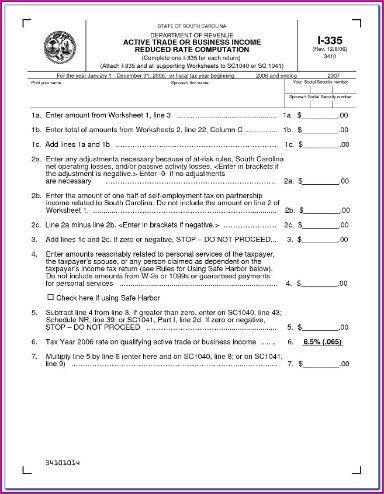
Fixed costs tend to be time-limited, and they are only fixed in relation to the production for a certain period. In the long term, the costs of producing a product are variable and will change from one period to another. A variable cost is an expense that changes in proportion to production or sales volume. In accounting and business, the breakeven point is the production level at which total revenues equal total expenses.
In that case, it is safe to say that the business will not be viable for long. The total cost rises as fixed and variable costs increase, leading the company to decide whether to pass this extra cost to the customer or start trimming the sails. Variable costs fluctuate as the number of units produced and sold change. Variable costs are also referred to as “costs of goods sold” or COGS.
When the relationship between some variables and the cost is linear, an equation is developed to calculate costs in the future based on related variables. Every cost flow assumption will give a different cost for direct material, which affects the tax bill and the contribution margin. The formulation is compared against the budgeted cost to determine the cost-effectiveness of a company in producing goods. Direct materials inventory at the beginning of an accounting period is found in the preceding accounting period’s production budget. Direct material purchased during the trading period is added.
The same is true when production costs are much lower than potential profits. This will encourage manufacturers to produce more to realize more profit, thereby increasing supply over demand and lowering the product price. Near the aforementioned inflection point, most of the incurred incremental per-unit costs are of variable nature, rather than fixed costs. Therefore, companies must establish set internal targets regarding the number of units to produce in order to operate at a level where profitability is near maximized.